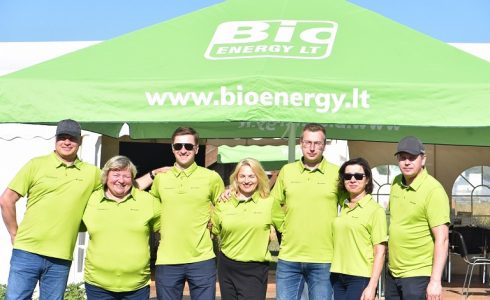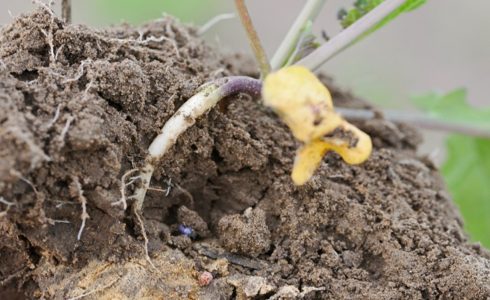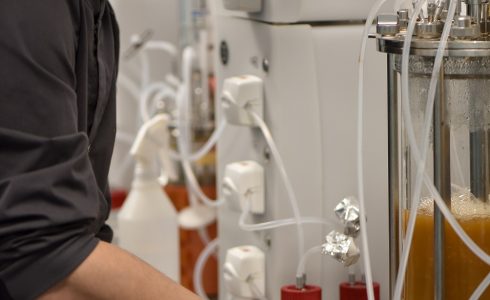When sowing crops in fields with shortened crop rotation, especially in second-year winter wheat, it is essential to consider the condition and balance of soil microorganisms. Soil is a dynamic and living environment where plants and macro-, meso-, and microorganisms constantly interact and compete for water, nutrients, and energy sources. The biological activity in soil directly influences nutrient cycling, humus formation, and plant nutrient availability.
For over a decade, Bioenergy LT has emphasized the importance of microbial processes in soil. Today, this view is widely supported by researchers and practitioners in countries with advanced agricultural systems. Microbial biomass is a key component of soil organic matter and a primary indicator of soil quality. However, microbial populations and their activity are highly influenced by farming practices, including pesticide use, tillage intensity, and fertilization strategies. Therefore, biological product recommendations must be tailored to each field’s specific needs.
One of the most important steps in restoring soil balance is activating beneficial microbial populations. Azofix Plus, based on nitrogen-fixing Azotobacter bacteria, helps restore microbial diversity and enhances nitrogen availability by fixing it directly from the atmosphere. Long-term studies show that Azofix Plus not only stimulates plant growth but also increases the abundance of actinomycetes and fungi that contribute to nutrient storage, organic transformation, and humus formation. These microorganisms play a vital role in building long-term soil fertility.

In the case of consecutive winter wheat crops, effective management of crop residues is especially important. Bioenergy LT recommends applying a combination of Azofix Plus and Ruinex to accelerate straw decomposition, suppress pathogens, and stimulate microbial competition in the soil.
It’s important to remember: ploughing alone will not eliminate pathogens. In anaerobic conditions, buried residues begin to rot and emit signals that may stimulate harmful microbial activity. Pathogens can remain active in soil for years unless biological competition is restored. Sustainable soil management is not about treating symptoms—it’s about addressing root causes and rebuilding the biological foundation of healthy, productive soil.




